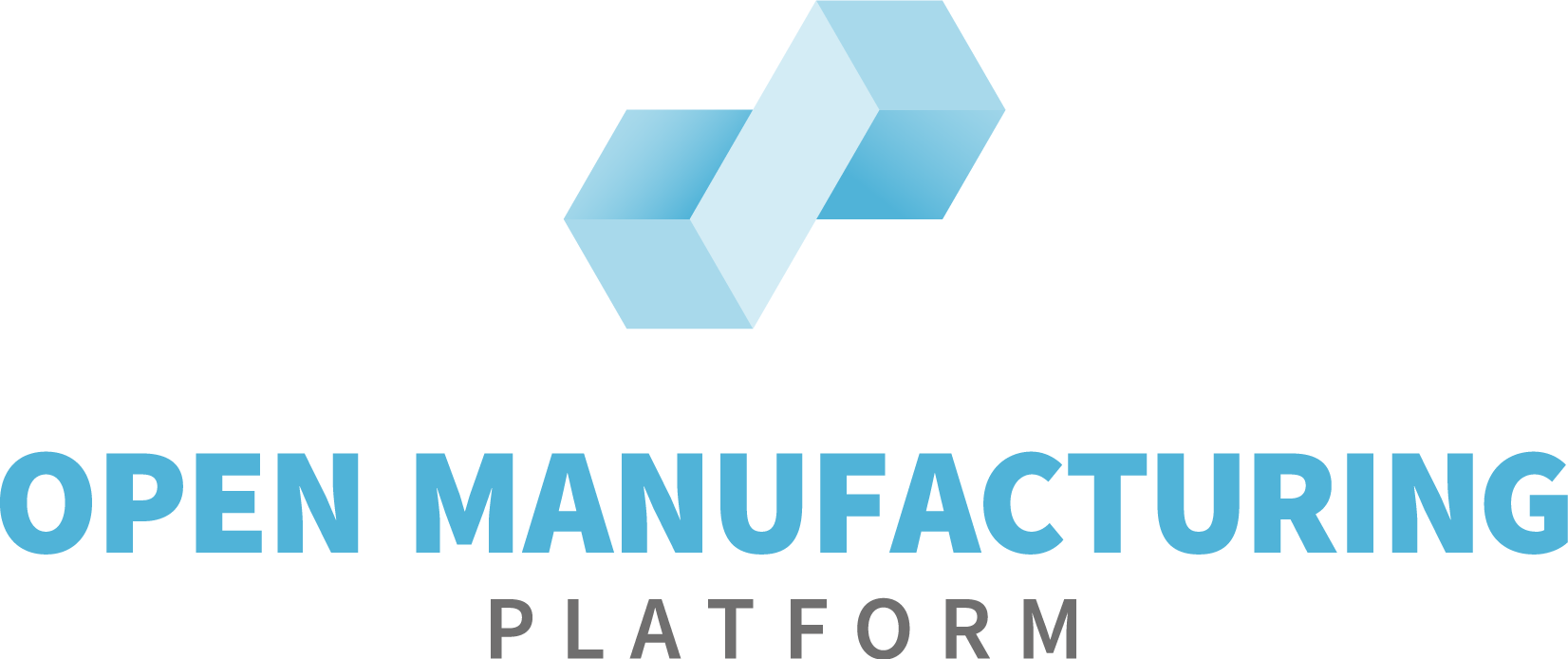Open Manufacturing Platform

Landing page for Open Manufacturing Platform in GitHub
White Paper: Insights Into Connecting Industrial IoT Assets
OMP is proud to announce the delivery of a critical milestone with the publication of our first white paper. The IoT Connectivity Working Group, chaired by Sebastian Buckel and co-chaired by Dr. Veit Hammerstingl of the BMW Group, authored < href=”https://github.com/OpenManufacturingPlatform/openmanufacturingplatform.github.io/raw/master/docs/iot_conn/OMP-IIoT-Connectivity-White-Paper-20201207.pdf” target=”_blank”>Insights Into Connecting Industrial IoT Assets</a>. Contributions from member companies Capgemini, Cognizant, Microsoft, Red Hat, and ZF present a consensus view of the connectivity challenges and best practices in IIoT as the 4th industrial revolution unfolds. This paper is the initial publication laying out an approach to solving connectivity challenges while providing a roadmap for future OMP work.
Manufacturing at an Inflection Point
The intersection of information technology (IT) and operational technologies (OT), as well as the advent of the Internet of Things (IoT), presents opportunities and threats to the entire manufacturing sector. In manufacturing, multiple challenges complicate the connection of sensors, actuators, and machines to a central data center. Lack of common standards and proprietary interfaces leads each engineer to solve similar problems, introducing inefficiencies and forcing the same learning curve’s ascension over and over. The long renewal cycles of shop floor equipment, software, and processes present gaps in modern technologies and a general avoidance of making significant institutional changes. This initial publication begins to tackle these problems and lays the groundwork for future, more detailed work.
IT/OT Convergence
Each connectivity challenge will have a range of diverse constituents and the content of this paper addresses issues faced by individuals and teams across job functions. Operational technology (OT) professionals are responsible for the commissioning, operation, and maintenance of shop floor equipment. Information technology (IT) personnel look after overall data processing, the hardware and software infrastructure, and enterprise-wide IT strategy. General managers and logistics teams are typically aligned at a corporate level, coordinating processes across a network of plants. Each of these functions will have roles spanning from operational hands-on to strategic and managerial. The unique demands of each part will require connectivity solutions to be forward-thinking and value-accretive while offering practical solutions implemented with minimal incremental investment.
Industrial IoT Challenges
Also explored in the paper, are the IIoT devices’ critical real-time needs for repeatability and high availability. An example is an AI model that optimizes the parameters of a bending machine based on the current air temperature and humidity. Possible connection failures or high latencies can lead to stopped or interrupted processes or products with insufficient quality.
Manufacturing throughput requirements vary from low bandwidth for simple sensors using small packets to much higher bandwidth required for streaming data for video analytics, vibration sensors, or AR/VR visualization. A holistic connectivity solution can address this complexity successfully, spanning from the individual devices on the shop floor up through edge gateways and servers to the central data center or cloud resources such as compute and storage.
Network Levels
Networks are usually customized to their precise environment and the desired function, and therefore can be very complex. For this white paper, we consider a system with three logical levels:
 IoT Ecosystem
IoT Ecosystem
- The cloud level describes globally available and scalable compute, storage, and other services running in a public cloud. It is remote from the production site.
- The edge level extends the cloud capabilities geographically closer to OT devices. It’s an on-premise network that possesses a path to the cloud and the Sensor/Actuator level.
- The production asset level is the network level where the OT assets are located, capturing real-world processes (e.g., robots, cameras, machines).
In the white paper, we discuss the functions of each of the network levels, their benefits and limitations, and security considerations. Additional sections of the document cover common challenges in IIoT, connectivity levels, basic principles for successful connectivity solutions, communication types, and best practices for program implementation.
Want to read more? Click the button below to access your free copy of the complete white paper.